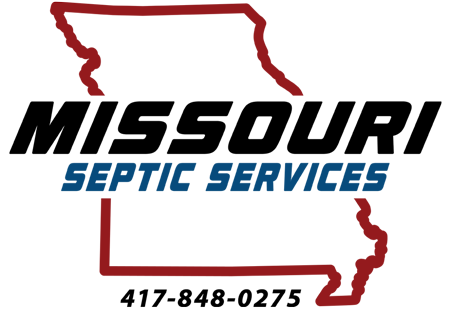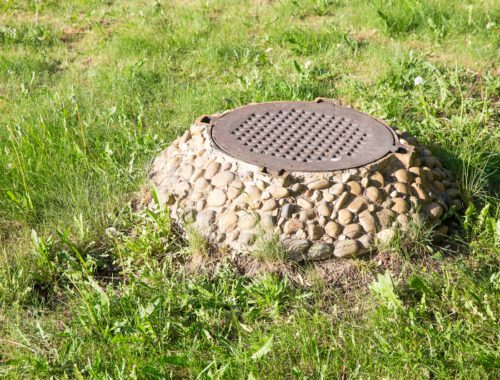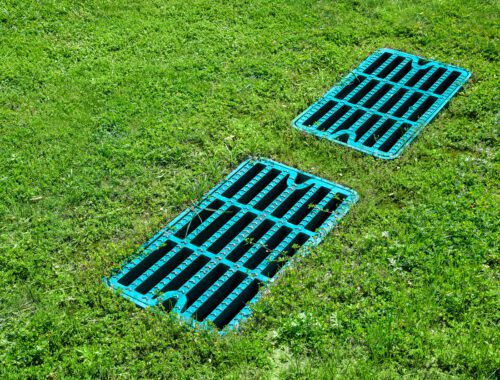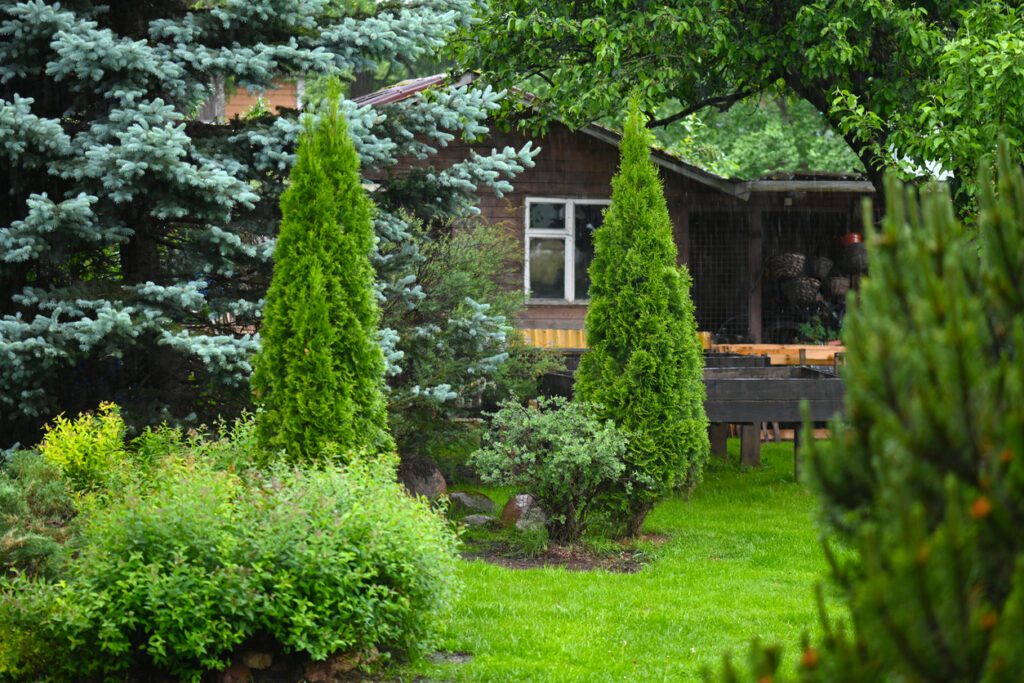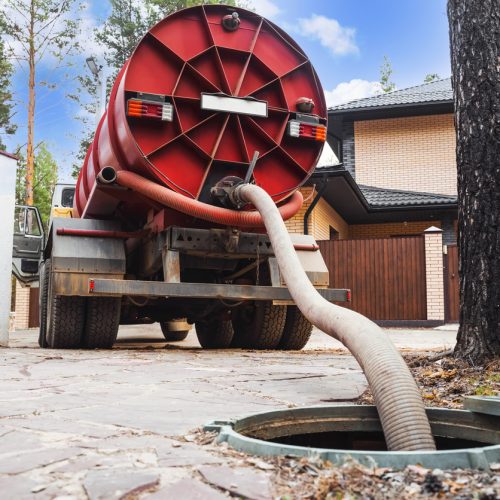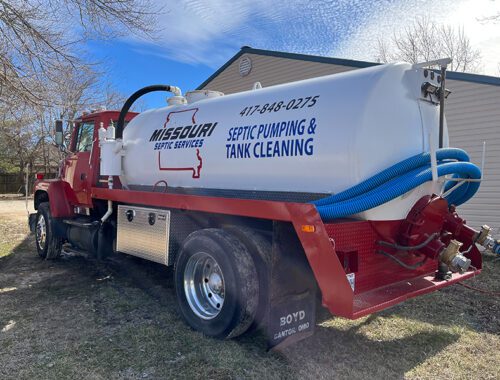
What is a Drain Field?
For septic tank owners, a drain field serves an important role in business or residential wastewater treatment. Its purpose is to evenly spread out the wastewater flowing from a septic system. Plastic pipes push effluent into the soil, which naturally breaks down harmful bacteria, helping to protect groundwater from being contaminated.
Typical components of a drain field include a distribution box, perforated plastic pipes, gravel beds that act as filters, filter fabric for debris control, and connecting lines that tie all the elements together.

